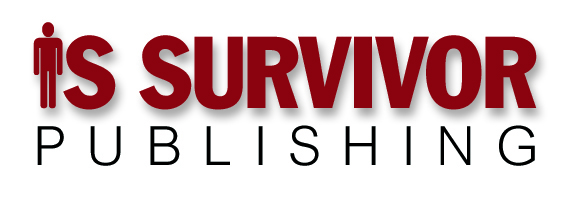A recent column proposed that reverse age discrimination is as real as forward age discrimination, and that both are really mismatches between expectations and reality. In it I stated that gray hair and exposed scalp are de rigeur for strategic consulting.
Several readers interpreted this as gender bias, due to the paucity of follicularly challenged women. Actually, I was proposing that sex discrimination has the same roots: What’s usually called the “Old Boys’ Network” is really the “Old Bald Guys’ Network,” and women’s real problem is too much hair.
No, huh? Okay, chalk it up to hyperbole that backfired. But let’s talk about getting hired in the face of, for example, age discrimination.
Your first step: Ground your tactics in reality — not how things ought to be — and in your goals, not anyone else’s. Which means:
For you, human resources is a barrier, not an enabler. HR has only two concerns: compliance — keeping the company out of court — and workload reduction. So it enforces a fair process that mostly screens out applicants whenever an objectively defensible rationale presents itself. That’s HR’s goal. Yours is to get an interview. Bypass HR. Either through personal networking or cold calling, get directly to the hiring manager.
For most hiring managers, the entire process is a distraction. They just want an employee who will succeed at the job. Get face to face and be that person.
Worried about age discrimination? Don’t give cues about your age until you’re face to face. List only your last ten years of experience. Don’t put dates on your education. If you like, don’t apply for the job: Make it a sales call, presenting yourself as an independent consultant. Just get face-to-face.
Once you’re there, take some great advice I once received from Challenger, Grey and Christmas, the outplacement company: Recognize the difference between disqualifying questions and qualifying questions. “Are you willing to relocate?” is a disqualifier. The answer is always either “Yes” or “Under the right circumstances.” Don’t disqualify yourself, and save your thoughtful responses for the qualifying questions.
Here’s even better advice. Repeat this mantra: “I’m a professional. I have no problems. I cause no problems. I’ll solve your problems.”
That’s what the hiring manager wants. That’s what you need to be: A professional who has no problems, causes no problems, and solves the hiring manager’s problems.
That’s what you are, aren’t you? You’d better be, because if you aren’t, you have more to worry about than age discrimination.
